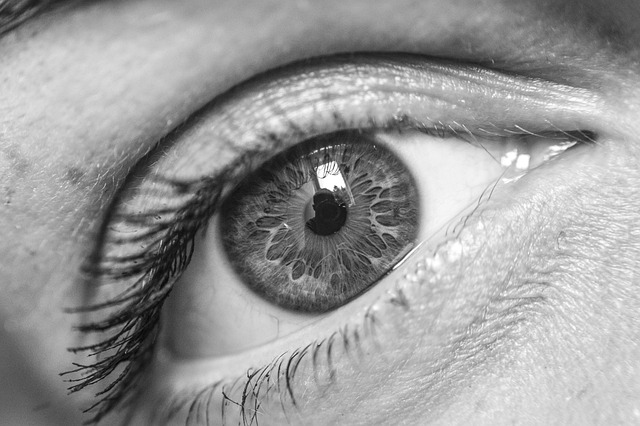What Is Glaucoma?

Glaucoma is a group of eye diseases that damage the optic nerve. The optic nerve is crucial for vision. This damage is often caused by abnormally high pressure in the eye (intraocular pressure), although glaucoma can occur with normal eye pressure. It is one of the leading causes of irreversible blindness worldwide, but early detection and treatment can help preserve vision.
Types of Glaucoma
1. Primary Open-Angle Glaucoma
o This is the most common form of glaucoma.
o It develops slowly over time and is often symptomless in the early stages.
o The drainage canals in the eye become less efficient, leading to increased eye pressure and gradual optic nerve damage.
2. Angle-Closure Glaucoma
o This type occurs when the drainage angle in the eye becomes blocked, leading to a sudden rise in eye pressure.
o Symptoms include severe eye pain, nausea, blurred vision, and halos around lights. It is a medical emergency and requires immediate treatment.
3. Normal-Tension Glaucoma
o In this form, the optic nerve is damaged even though intraocular pressure remains within the normal range.
o It may be related to poor blood flow to the optic nerve.
4. Congenital Glaucoma
o A rare form present at birth, caused by abnormal development of the eye’s drainage system.
o Symptoms include cloudy eyes, sensitivity to light, and excessive tearing.
5. Secondary Glaucoma
o This occurs as a result of another condition, such as eye injury, inflammation, or prolonged use of corticosteroids.
Symptoms of Glaucoma
The symptoms of glaucoma vary depending on the type and stage of the disease:
• Open-Angle Glaucoma: Gradual loss of peripheral vision, often unnoticed until the disease is advanced.
• Angle-Closure Glaucoma: Sudden and severe eye pain, redness, blurred vision, headache, and nausea.
• Congenital Glaucoma: Cloudy corneas, sensitivity to light, and excessive tearing in infants.
Risk Factors
Certain factors can increase the risk of developing glaucoma:
• Age: People over 60 are at higher risk.
• Family History: A history of glaucoma increases the likelihood of developing the condition.
• Ethnicity: African Americans, Asians, and Hispanics have a higher risk of certain types of glaucoma.
• Medical Conditions: Diabetes, high blood pressure, and heart disease can contribute to glaucoma risk.
• Prolonged Use of Corticosteroids: These medications can raise eye pressure in some individuals.
Diagnosis
Regular eye exams are essential for early detection of glaucoma. Common tests include:
• Tonometry: Measures intraocular pressure.
• Ophthalmoscopy: Examines the optic nerve for damage.
• Perimetry: Assesses peripheral vision.
• Gonioscopy: Checks the drainage angle in the eye.
• Pachymetry: Measures corneal thickness, which can affect eye pressure readings.
Treatment Options
While glaucoma damage cannot be reversed, treatment can slow or prevent further vision loss:
1. Medications: Eye drops or oral medications to reduce intraocular pressure.
2. Laser Therapy: Procedures like laser trabeculoplasty can improve fluid drainage.
3. Surgery: Options include trabeculectomy or the insertion of drainage implants for severe cases.
4. Lifestyle Changes: Maintaining a healthy diet, regular exercise, and avoiding smoking can support overall eye health.
Preventing Vision Loss from Glaucoma
• Schedule regular comprehensive eye exams, especially if you are at higher risk.
• Follow prescribed treatments consistently.
• Protect your eyes from injury during sports or other activities.
• Maintain a healthy lifestyle to support overall eye health.
Final Thoughts
Glaucoma is a silent thief of vision, often progressing without noticeable symptoms until significant damage has occurred. By staying proactive with regular eye exams and adhering to treatments, it is possible to preserve your vision and maintain your quality of life. If you have concerns about glaucoma or your eye health, consult with an eye care professional promptly.
At Eyes On Burbank Optometry, our experienced Optometrists will help diagnose, treat, and effectively manage your glaucoma.